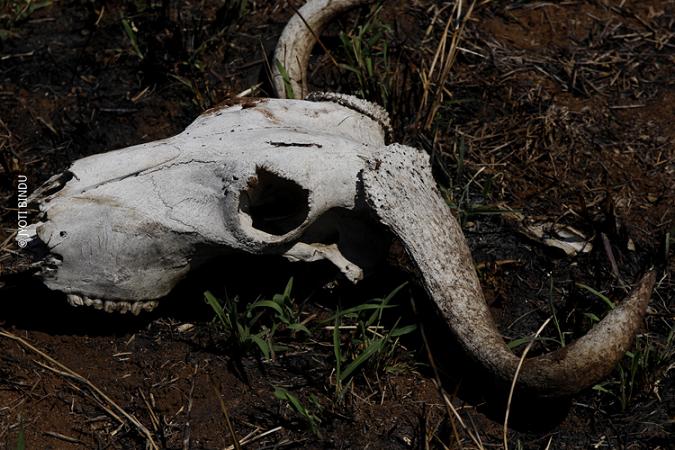[dropcap style=”font-size:100px; color:#992211;”]I[/dropcap]’ve remained a few extra days in Cape Agulhas, waiting for a rain that I’d been watching with trepidation roll in from Cape Town.
It’s forced me inside and away from the road for the last several days.
I don’t mind the rain, but when it’s bucketing down, with no shelter along long stretches of road, it’s not exactly ideal. Moreover, the rain brings with it 30 to 40 km/hr winds, and after surviving two days of these winds to finally crawl into Hermanus, I’m extra cautious. I respect the winds. Nay, I fear them.
I fear the mountains as well. They’ve come much sooner than I thought they would. I thought I might be able to build my strength before I hit Lesotho, ‘the mountain kingdom.’ Instead, they hit me hard on my third day of riding. Ten uphill kilometers, just climbing and climbing without cease, would destroy the spirits of any novice on a bike, and if nothing else, I am a novice to this type of riding.
Give me London traffic, splitting lanes up Piccadilly, jumping a red light, cutting across stalled intersections, avoiding taxis (always the taxis), that’s it, that’s me. That’s my element. That’s where I cut my teeth as a cyclist (if you don’t count the block off Wayne Street in Flora, Indiana, a scene that gets two or three cars an hour MAX on a busy summer day).
But this cycling, long distances on dusty gravel roads, I just haven’t done it before. It’s amazing: the ride, the scenery, the pace of a heartbeat and the whir of wheels crunching stone. But it’s a workout.
I think my first leg, down to Cape Agulhas, ‘the southernmost point of Africa,’ has been harder than anything I could’ve imagined. It’s almost as if I set myself up to fail – especially as I’ve ridden into a southeasterly wind blowing constant and true at 20 knots as the miles slowly crawl by. But I’ve pushed through. It’s north from here, a race against winter and the rains that accompany the season.
I’ve got many miles to go, and I’m still learning to take care of myself and the bike. The thing is, when it’s good, it’s so good. Once I’d crested the downs in the Overberg, I was flying through the backroads, through small towns with thatched fishing cottages, through fields of fynbos in Agulhas National Park, part of the UNESCO Cape Floral Region, through pastures dotted with sheep and ostrich.
But when it’s hard, it’s the hardest thing I’ve done in a long time. Before I could get to the cottages, the fynbos, and the pasturelands, I had to muscle through ten kilometers of uphill cycling in the heat of a noonday African sun.
That was bad, and when it’s bad, it’s enough to break you.
But when it’s good, there’s nothing like it.
Photo: Jyoti Bindu
Sterling Carter writes on the intersection of political economy, arts and culture, and human rights. He has over five years’ experience on African development, violence and conflict with organizations including Human Rights Watch, Global Witness, and Search for Common Ground. He is originally from Flora, Indiana but pulled up stakes long ago.




















